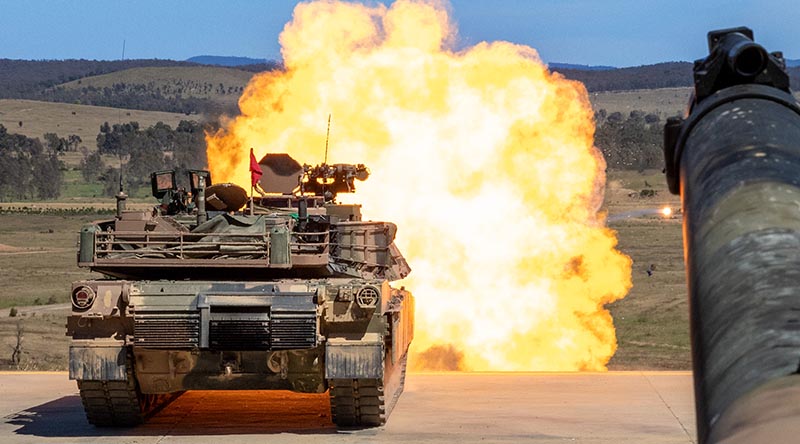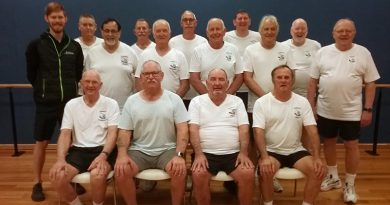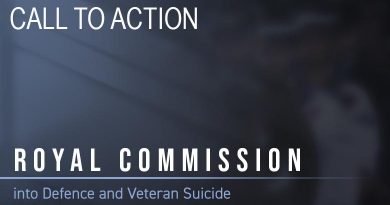When Leadership Goes Missing: What do we do?

The following quotes from Major General R N L Hopkins, CBE (author of ‘Australian Armour’), are relevant to the Royal Australian Armoured Corps (RAAC):
“I believed that progress of mechanisation was still being seriously hampered, not one senior officer seemed capable of giving it public support”. “To gain strong friends for armour in Australia seemed essential. The prospect of doing so looked bleak”. (1938)
“The principal lesson from the Vietnam campaign was the forging of a partnership between infantry and tanks on the battlefield”. “Australia has allowed her infantry force to grow while armoured units have slowly lost ground both in numbers and in fighting potential”. (1978)
These circumstances occurred forty years apart. Incredibly, the RAAC faces virtually the same challenges in 2025. It does so, however, without Maj Gen Hopkins to champion its cause. Sadly, no-one of equivalent status is prepared to step up.
Eighty-seven years ago, there was likely to have been a genuine lack of understanding of the concept; mechanisation was something entirely new and untested. Fast forward to today, however, there can be no such excuse. The damage done to the RAAC by stripping the tanks from 1st Armoured Regiment, is plain for everyone to see.
A fundamental problem is evident, however. How can change be brought about, when voicing disagreement, risks one’s career?
Surely, there is an answer to this conundrum? If there wasn’t, the Army would be a legion of ‘yes’ men; sycophants too focussed on their own careers to even think about highlighting the negative consequences of an issue. Often people who don’t feel confident enough to raise a problem, will justify themselves by saying things like: It’s not my place to raise this’; or ‘I don’t want to rock the boat’. This will, of course, cause the problem to be perpetuated; the last thing that any organisation wants to have happen.
But … how does one stand up to an authoritarian leader in order to point out a weakness that needs to be addressed?
The answer, of course, lies in creating an organisational culture which fosters open dialogue and critical thinking; one which celebrates diverse perspectives. Dissenting voices have to be encouraged and heard, not suppressed.
Only if leaders are fully informed, can they make the right decisions. This means selecting advisers who will question his decisions and tell him what he needs to know, not what they think he wants to hear.
Surely the Chief of Army has been informed of the damage that he’s done to the RAAC with his decision make 1 Armd Regt a non-combatant — or has he?
FILE PHOTO (November 2024): An Australian M1A2 SEP v3 main battle tank fires a sabot round during a live fire to confirm the aiming system of the tank at Puckapunyal Military Area, Victoria. Photo by Corporal Michael Currie.
.
.

.
.





